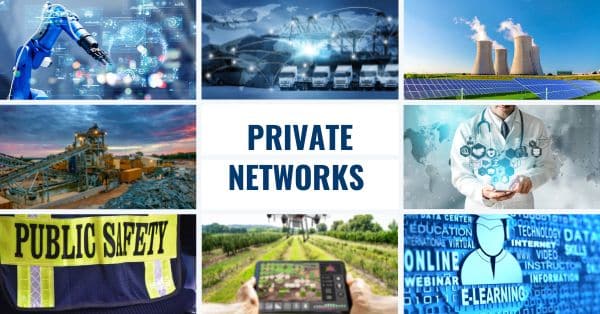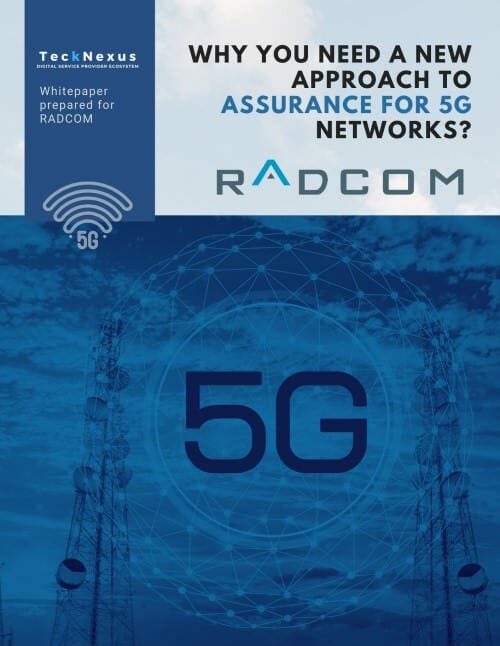Integrating Services and Data for Seamless Business Transformation
The future of mobility lies in the seamless integration of services, connected devices, and collaborative efforts between companies. Imagine a future where your daily commute integrates a variety of services, all facilitated by a connected vehicle. This “vehicle as a service” offers you personalised experience, featuring tailored entertainment, while also serving as a mobile retail environment.
But to achieve this, businesses must transition beyond a narrow focus on individual devices, and embrace a holistic approach that uses the power of connectivity and partnerships. By doing so, we can create a more efficient, enjoyable, and profitable ecosystem that enhances our lives.
How do you get there?
At the core of your business strategy should be a deep understanding of the evolving customer experience. This means aligning your operations, technologies, and services with the anticipated future customer experience. By focussing on the evolving needs and expectations of customers within the mobility landscape you will be able to position your business for sustained relevance and success in the digital era.
So, what are the key starting points for businesses looking to embark on this transformative journey?
Crafting a technology roadmap segmented into Now, Near, and Far horizons enables your company to simultaneously address immediate needs, anticipate near-future developments, and prepare for long-term evolution.
This structured approach fosters flexibility and adaptation, ensuring resilience and competitiveness in the face of an ever-changing technological landscape. By focusing on the present, anticipating the near future, and planning for the long term, your company can effectively navigate uncertainties and seize opportunities, ultimately driving sustainable growth and success.
Designing the future
It’s also vital to adopt a design-led or design-inspired approach. Shift your perspective from products and devices to a services ecosystem. Picture yourself propelled into the future, whether it’s 2035 or any chosen date, and ask, “What customer experiences do I want to offer at that juncture?” Deconstruct your existing organisational constraints and reimagine your company’s structure.
Once that vision is established, work backward to the present. Genuine transformation occurs when customers willingly embrace innovations, driving sustainable growth and market expansion. Instead of aiming for singular monumental changes, identify tangible steps to create a roadmap for the journey ahead. It’s akin to flying a helicopter: keep your eyes on the dials while also glancing at the horizon. Striking a balance between the big picture and the immediate steps is crucial.
Data as the Foundation
At the heart of an integrated mobility society lies data. As industries evolve, data will transition from being a commodity to a traded currency, marking a paradigm shift in how we perceive and interact with the connected world. In this context, consent becomes a critical factor, with companies required to earn and maintain trust by providing tangible value to users in exchange for their data.
A robust technology spine, including supercomputers and quantum computing, is essential for processing vast amounts of data. The goal is to improve user experiences by creating and refining digital twin models – a virtual copy of a real-world object or system – helping businesses gather and use data from different sources to provide useful services that matter to their customers.
A robust technology spine, including supercomputers and quantum computing, is essential for processing these vast amounts of data. The ultimate goal has to be to enhance user experiences. By creating and refining digital twin models—virtual replicas of real-world objects or systems -businesses are able to gather and utilize data from various sources.
This approach provides valuable insights and services that truly matter to your customers and enable businesses to continuously improve their offerings, ensuring you meet and exceed customer expectations in an increasingly data-driven world.
Challenges and Opportunities
In the ever-evolving landscape of tomorrow, businesses face an imperative to adapt, collaborate, and prioritise customer experiences. This proactive stance is crucial for thriving amid rapid change and fierce competition.
This vision of mass interoperability underscores the importance of connected devices operating seamlessly across platforms to enhance the user experience. However, the challenge lies in fostering effective collaboration and technology integration among companies, ranging from mobility providers to retailers.
Collaboration between industry and the public sector will also be essential for driving innovation and addressing complex societal challenges. Inspired by Conway’s Law, which highlights the interconnectedness of organisations and their products, there’s a growing emphasis on a collaborative approach. Businesses will need to unite efforts in building integrated solutions that span sectors.
Embracing Collaboration for Future Success
The success of the integrated mobility society hinges on technological advancements, robust data practices, and the establishment of trust through transparent and meaningful consent mechanisms.
Businesses must forge closer, swifter, and more intimate connections with their customer base, embracing hyper-personalisation in their interactions.
Drawing parallels with the automotive industry’s transition to viewing cars as technology devices underscores the need for organisations to adopt a tech company mindset. This cultural shift entails moving away from planned obsolescence and embracing a services-oriented approach. As industries converge, companies specialising in aggregating services across sectors will play a crucial role in creating cohesive user experiences, bridging gaps between disparate services and industries.
For those nodding in agreement but are unsure about the starting point, remember, collaboration is key. Successfully navigating this transition requires a holistic approach that emphasises employee welfare, fosters inclusivity, and promotes continuous learning and development.
Attempting this transformation in isolation hinders your ability to remain relevant in an evolving ecosystem. As you embark on this journey, think forward, not backward, and consider how you can contribute to and thrive within a broader ecosystem.






























